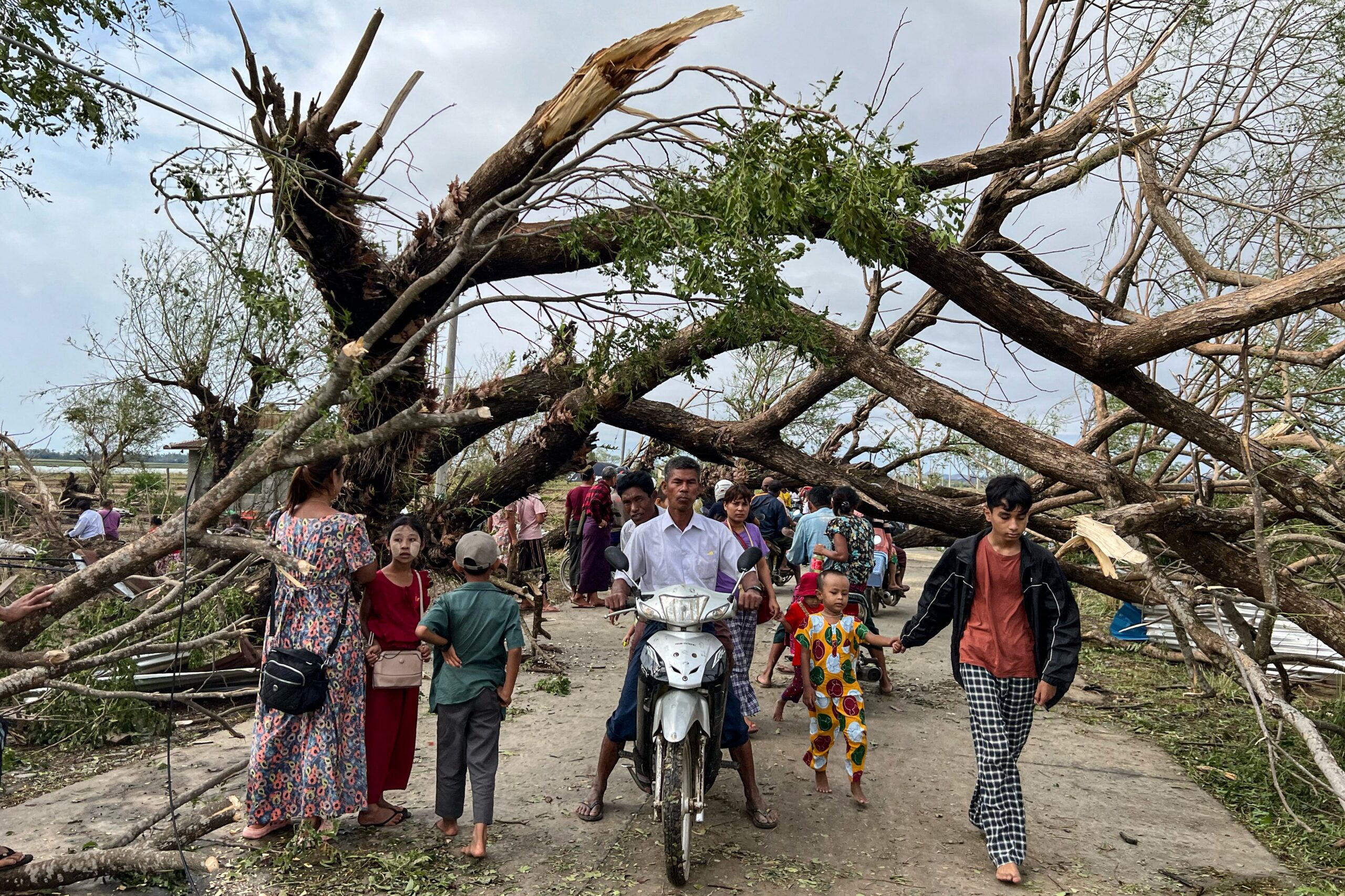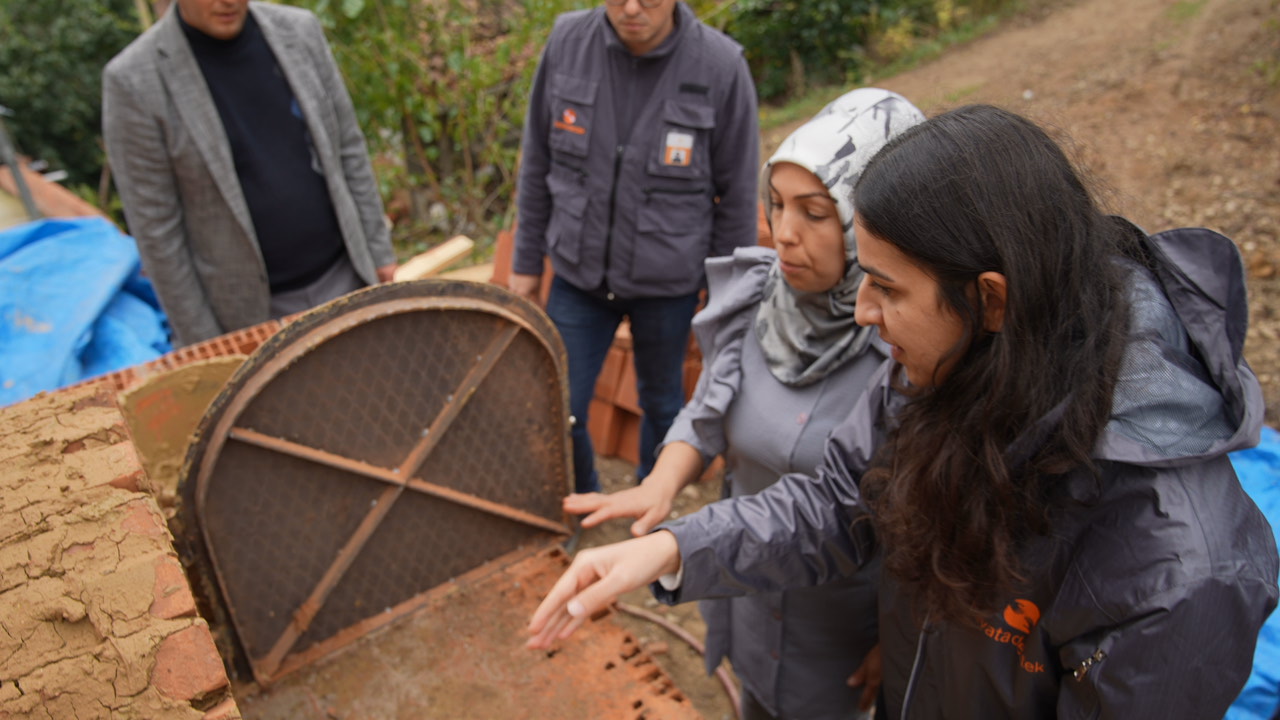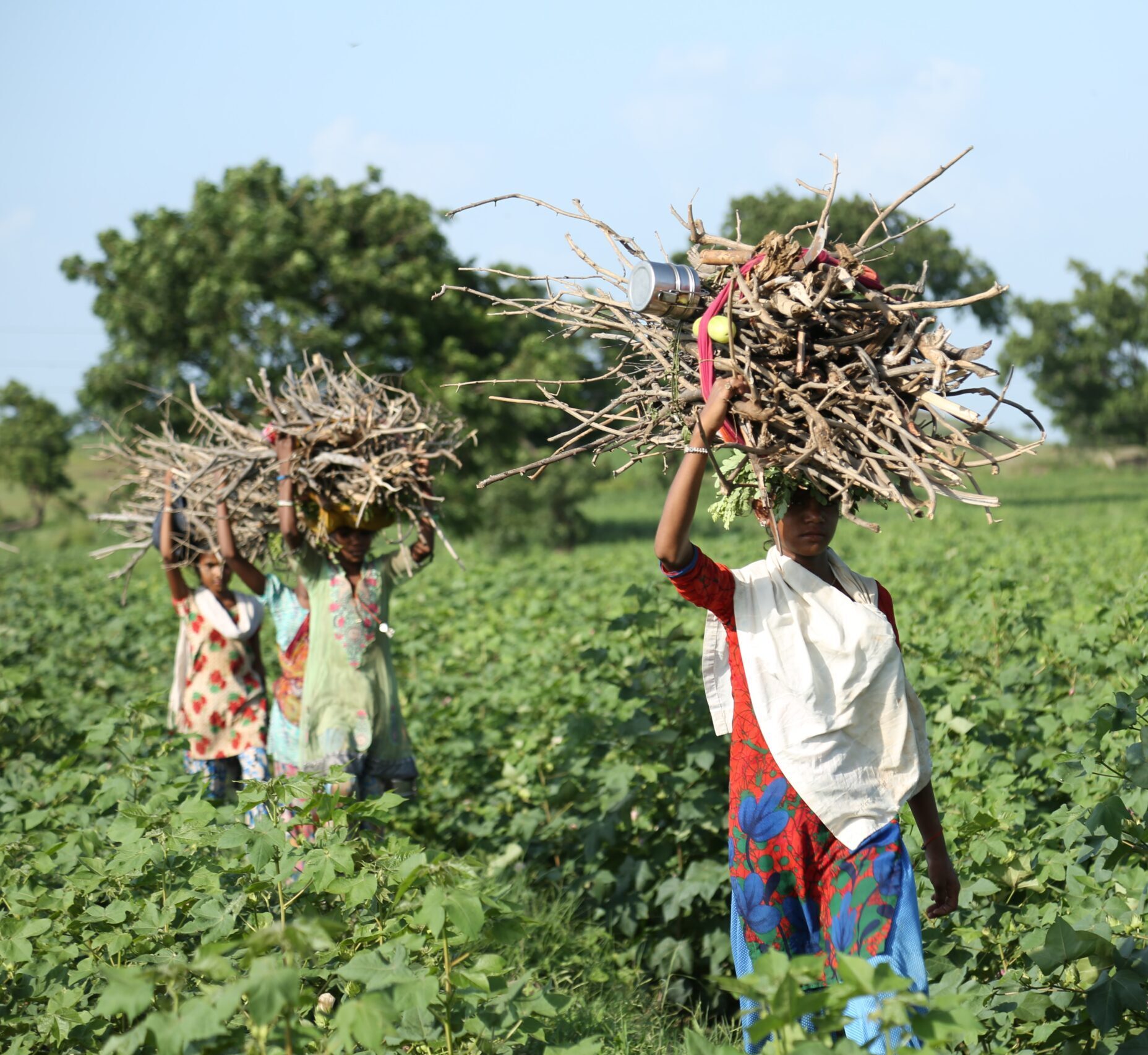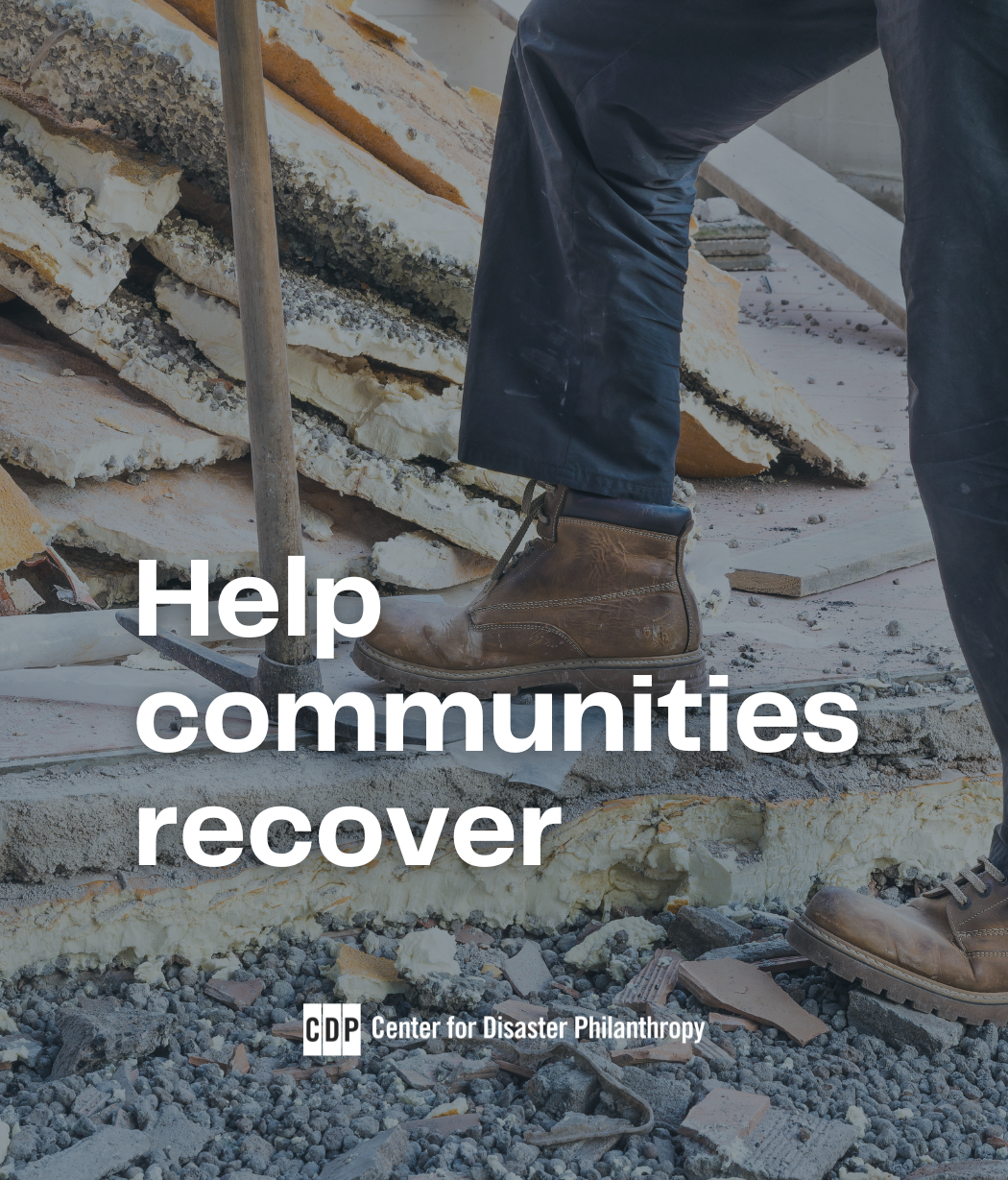What we’re watching: Weekly disaster update, May 15

We know all too well that disaster can strike anytime, anywhere in the world. Some disasters make headlines; others do not. Here at the Center for Disaster Philanthropy (CDP), we monitor the status of disasters worldwide and compile a list of the ones we’re tracking weekly, along with relevant disaster-related media coverage.
Here’s what we’re watching for the week of May 15, 2023.
New or Emerging Disasters
Cyclone – Bangladesh and Myanmar: Cyclone Mocha made landfall on May 14 between Kyaukpyu township in Myanmar and Cox’s Bazar in Bangladesh with wind gusts over 134 miles per hour, equivalent to a Category 4 hurricane in the Atlantic. Storm surge was estimated at 3-3.5 meters (9-11 feet), and low-lying areas in Rakhine and the neighboring southeast Bangladesh coast were inundated.
Disruption to telecommunications and ongoing severe weather means complete damage assessments are yet to come. The United Nations Office for the Coordination of Humanitarian Affairs (UNOCHA) said early reports in Myanmar suggest extensive damage. Mocha is expected to weaken into a land depression on May 15 and continue to move north-northeastwards.
As of May 15, the storm killed at least six people in Myanmar and injured hundreds. No deaths were reported in Bangladesh. Mocha did not hit Bangladesh as hard as Myanmar. However, hundreds of homes were damaged in coastal areas. In Cox’s Bazar, home to about one million Rohingya refugees from Myanmar, some shelters were damaged, but the impact was less severe than anticipated.
Preparedness efforts in advance of the cyclone’s landfall were critical to limiting the loss of life. In Cox’s Bazar, humanitarian agencies and local officials worked to strengthen camp infrastructure, communicate about the impending storm, and pre-position staff and supplies. Tens of thousands of people were evacuated from low-lying areas in both countries. Bangladesh is a leader in effective, community-based disaster preparedness.
The cyclone hit areas where severe humanitarian needs already existed. Myanmar is experiencing a complex humanitarian emergency due to ongoing fighting between Myanmar’s military and resistance militias and ethnic armed groups. The country’s military is increasingly targeting civilians. Around 1.8 million people are internally displaced, and Myanmar’s 2023 Humanitarian Response Plan is less than 10% funded.
Tornado – Texas: A confirmed tornado touched down in the unincorporated community of Laguna Heights, Texas, located on the mainland across from South Padre Island, on May 13. In Texas, unincorporated areas often do not receive the same resources as incorporated communities, and residents may be of lower income. According to the U.S. Census Bureau, the poverty rate in Cameron County, where Laguna Heights is located, is 24.6%. The county issued a disaster declaration for the town, and a temporary shelter was opened in nearby Port Isabel.
The National Weather Service said the tornado was rated at EF-1, with wind speeds of 86-110 miles per hour. At least 10 people were hospitalized, and at least 40 homes were severely damaged. The tornado killed one person when their mobile home was damaged. Mobile homes, or manufactured housing, represent an important source of affordable housing for many communities but also face greater exposure to natural hazards.
Wildfires – Russia: Wildfires were burning in the Kurgan region of the Urals and Siberia last week. Local authorities said more than 133,000 acres (54,000 hectares) of forests had burned in the Sverdlovsk region in the Urals alone. A state of emergency was put in place in Kurgan, where more than 5,000 buildings were damaged. At least 21 people died because of the fires. According to local authorities, many deaths occurred on May 7 in the village of Yuldus, in Kurgan province, on the border between the Urals and Siberia.
Many of the dead were older adults who could not evacuate their homes. Older people are often excluded from disaster planning and overlooked in recovery. On May 11, CDP hosted a webinar about how philanthropy can reduce barriers to access and participation for older adults and support their inclusion in planning for and responding to disasters and humanitarian crises.
Previous/Ongoing Disasters
Southern Border Migration – U.S.: The U.S. is establishing new restrictions at its southern border to try to stop migrants from crossing illegally. The changes coincide with the end of restrictions known as Title 42, which allowed the U.S. to turn back migrants seeking asylum at the U.S.-Mexico border for the past three years based on the premise of preventing the spread of the coronavirus. The Title 42 restrictions were lifted at 11:59 p.m. EDT on May 11. The Title 42 restrictions have forced tens of thousands of asylum seekers and migrants to live in vulnerable conditions in northern Mexico. In a recently published news feature, The New Humanitarian describes how the U.S.-Mexico border became a humanitarian crisis.
Hispanics in Philanthropy (HIP) said in a statement last week, “The traumatic consequences of Title 42 will still be present in our communities for a long time. What’s worse is the new set of policies that will make access to safe territory, asylum and rights protection difficult for migrants.” HIP’s statement includes a call to action for philanthropy and a list of their migration and forced displacement partner organizations.
For more, see our Refugees, Asylum Seekers and the US disaster profile.
Complex Humanitarian Emergency – Sudan: May 15 marks one month since fighting broke out in Sudan’s capital, Khartoum, between the Sudanese Armed Forces (SAF) and the paramilitary Rapid Support Forces (RSF). In the past month, at least 750 people have been killed, thousands wounded and nearly one million displaced. People struggle against shortages of food and basic supplies, power blackouts, and communications outages.
After a week of talks in the Saudi port of Jeddah, the SAF and RSF signed a declaration on May 12 saying they would work toward a short-term ceasefire in further discussions. The parties also committed to protecting civilians and the movement of humanitarian aid but did not agree to a ceasefire. However, multiple previous truce deals have been agreed only to be violated, so hopes of a quick end to the conflict remain dim.
The fighting and humanitarian crisis is not contained in Khartoum but has affected large swaths of the country. After the signed declaration, fighting in West Darfur’s Geneina killed at least 280 people. More than 936,000 people have been newly displaced, including about 736,200 people displaced internally since the conflict began. The conflict threatens the planting season, which will start at the end of May. In addition to food insecurity and protection, access to healthcare is a critical need.
For more, see our Sudan Humanitarian Crisis disaster profile.
Complex Humanitarian Emergency – India: At least 60 people have been killed in ethnic clashes in the remote northeastern state of Manipur in India. The violence began in early May after indigenous communities rallied to protest demands by the majority ethnic group in the state for tribal status. At least 23,000 have been displaced, with people moved to informal camps in District Churachandpur, Imphal and Moreh town. With police unable to control the violence, the home ministry sent in the army. Cars and buildings have been burned, businesses vandalized and churches destroyed.
Partners have shared with CDP that while local authorities are providing food for displaced people, there is an urgent need for non-food items and hygiene supplies to prevent the spread of diseases in overcrowded camps. Recovery support will also be needed for affected families. The country has experienced local organizations, including those connected with the Local Organisations’ Coalition for Advancing Localisation, ready to respond. To learn more about localization, visit CDP’s issue insight.
In addition to the disasters listed above, we actively monitor the following disasters or humanitarian emergencies. For more information, see the relevant disaster profiles, which are updated regularly.
- Afghanistan Humanitarian Crisis
- Horn of Africa Hunger Crisis
- 2023 Turkey-Syria Earthquake
- Ukraine Humanitarian Crisis
- 2023 US Tornadoes
U.S. Midwest Low-Attention Disasters
The Midwest is regularly faced with low-attention disasters that affect people across the region. CDP’s Midwest Early Recovery Fund (ERF) effectively funds efforts that catalyze equitable disaster recovery.
These are some of the latest disasters and related news the ERF team is monitoring:
- Two tornadoes touched down in Linn County, Missouri, the weekend of May 6-7. The National Weather Service said one was an EF-2 tornado near Linneus. That tornado’s peak winds reached 135 miles per hour. The tornado damaged several homes in the Linneus area.
- On May 8, Oklahoma Governor Kevin Stitt said the Federal Emergency Management Agency approved the state’s request for disaster assistance for Cleveland County after it was affected by severe storms last month.
- In Arkansas, Governor Sarah Huckabee Sanders requested a 30-day extension to the federal cost share for resources spent on debris cleanup and emergency protective measures in Pulaski, Lonoke and Cross counties. The three counties were among the most affected by the March 31 tornadoes.
Complex Humanitarian Emergencies – The Sahel Regional Crisis
Many places worldwide are experiencing emergencies caused by conflict, climate change, drought, famine, economic challenges and other conditions that combine to create a complex humanitarian emergency (CHE). CDP maintains complete profiles on several CHEs, and what CDP considers Level 1 CHEs are profiled in this weekly blog post and tracked.
In 2022, more than 30 million Sahelians, primarily women and children, needed humanitarian assistance and protection, an increase of nearly two million from 2021. The UNOCHA says 34.2 million people in the region will require humanitarian assistance in 2023.
The ongoing crisis in the Central Sahel and violence and attacks by armed groups are potentially spilling over toward neighboring coastal countries in the Gulf of Guinea. According to the Africa Center for Strategic Studies, militant Islamist activity in the Sahel and Somalia accounted for 77% of the reported violent events across Africa in 2022.
In Mali, a 10-year conflict between Islamist groups and the army persists. A months-long investigation into an attack on the village of Moura last year culminated in a report from the UN Human Rights Office. The report says Malian soldiers and unidentified “armed white men” likely executed at least 500 people and sexually assaulted or tortured dozens of others.
In Burkina Faso, the security situation in some areas continues to impede humanitarian access. These areas have food shortages, eroded livelihoods and reduced household coping capacity. Non-state armed groups have blocked the town of Djibo in the Sahel region since March 2022. The UN Humanitarian Air Service delivered 46,000 kilograms of food items to the town in early May.
Across the Sahel, food security is a critical concern. In many markets across the region, the price of main food staples such as rice, maize and sorghum remains higher than the five-year average. In Chad, the humanitarian crisis is exacerbated by the fighting in neighboring Sudan, which has forced at least 60,000 Sudanese to cross the border into Chad. Priority needs of the refugees entering Chad include shelter; non-food items; dignity kits; food; education; water, sanitation and hygiene; and health care.
Upcoming webinars

June 8: Survivor and community-led response: Putting people first in a crisis

July 13: The gendered nature of climate change

Aug. 10: Disaster case management: Navigating recovery one person at a time
What We’re Reading
- Marshall fire survivors bump up against limits of local philanthropy to help rebuild their lives amid scarce federal resources – The Denver Post: Philanthropic organizations face “complexity and hard decisions” following a disaster. There are often not enough resources to fully rebuild following disasters, but philanthropy’s role in long-term recovery remains critical.
- Why Are Mobile Home Parks Uniquely At Risk to Climate Disasters? – The Urban Institute: Natural hazards are becoming more frequent and severe because of climate change, increasing the likelihood that mobile home parks developed in high-risk locations will be affected. Andrew Rumbach, Esther Sullivan and Carrie Makarewicz share four characteristics of mobile home parks that make them uniquely vulnerable to disasters compared with other housing based on research.
- The tiny craft mapping superstorms at sea – The New York Times: “Forecasters and climate modelers, who rely heavily on ocean data, may have to use estimated numbers in their calculations, opening the door to potential large-scale errors in the planet’s carbon budget and all-important global-warming estimates.” Crewless boats outfitted with sensors and other scientific instruments are helping collect more data.
- Conflict and climate disasters combine to create record rise in displaced people – The Guardian: Figures published by the Norwegian Refugee Council’s Internal Displacement Monitoring Centre show the number of internally displaced people in 2022 reached 71 million, up from 59.1 million in 2021. Russia’s invasion of Ukraine and large-scale disasters, such as Pakistan’s monsoon and flooding, are to blame.
- ‘Grain deal or not’, humanitarians call for more as hunger soars – The New Humanitarian: “A UN-backed deal aiming to relieve a global food crisis by keeping Ukraine’s grain exports going is not enough for the world’s hungriest, according to several humanitarian groups.”
- In Somalia, Spike in Gender-Based Attacks Compounds Plight of Displaced Women, Girls – VOA: The United Nations Population Fund officials said gender-based violence (GBV) attacks in have worsened in 2022 and during the first quarter of 2023. The ongoing humanitarian crisis, past conflicts and displacement are all key drivers in GBV attacks.
On May 11, Denver received nearly three inches of rain, breaking a daily record set in 2011. The heavy rainfall caused some flooding on roadways. Making the most of the deluge was a person dressed in a dinosaur costume seen at a park paddle boarding in the high water.

